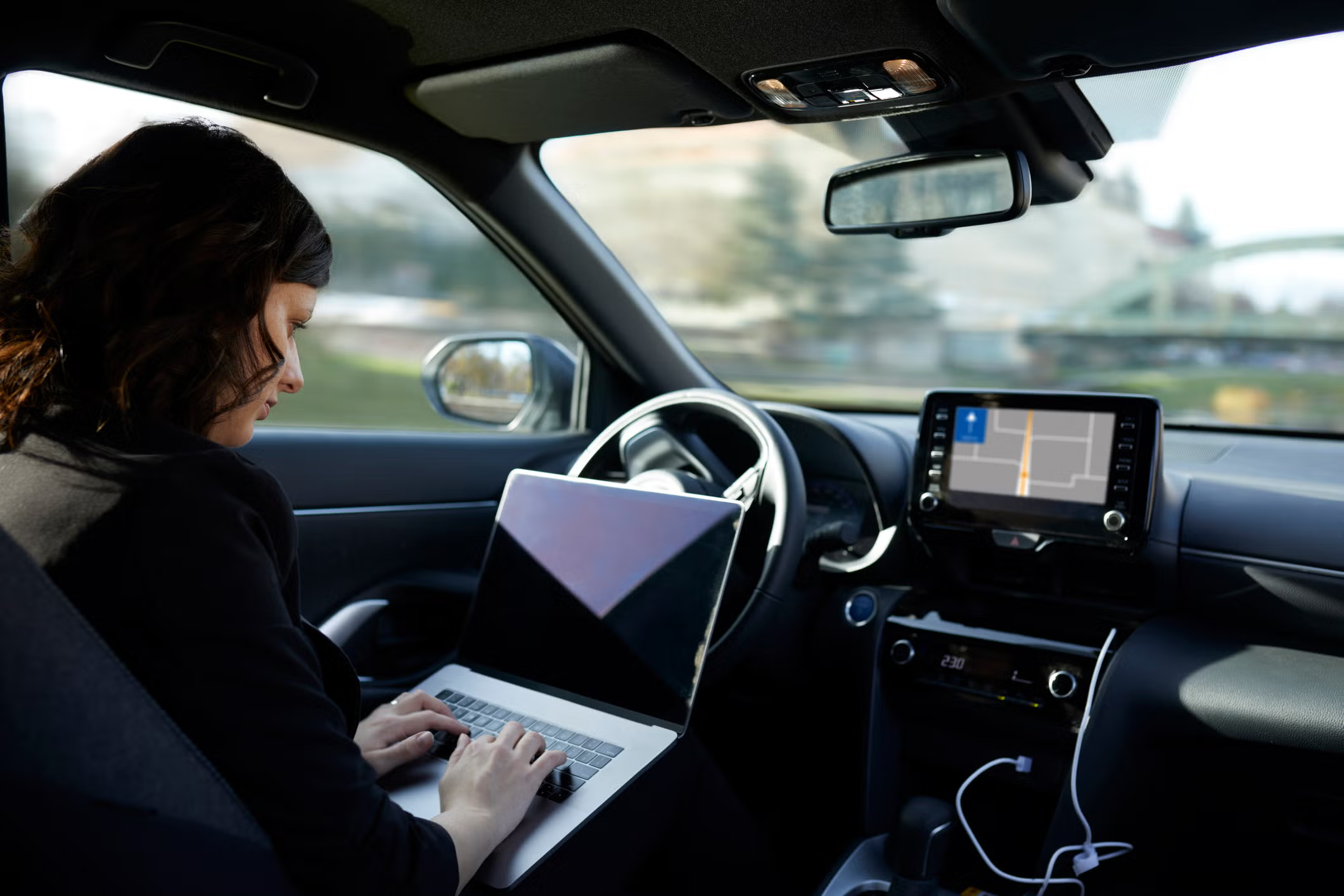There’s a paradigm shift happening in transportation. Self-driving cars are becoming more common on our roads, and experts believe they will help shape how we travel in the coming years.
What will the next five years bring? Will cars be completely autonomous or would we still need humans behind the wheel?
Explaining Self Driving Vehicles
Cars equipped with autonomous technology are also known as self-driving vehicles. Such automobiles use various technologies like cameras, sensors, GPS, and computers to navigate without requiring any human intervention.
A car’s self-driving ability can certainly be broken down into different levels. There are cars that offer steering and braking assists and there are others that have the capability to drive without any input from the driver in designated areas.

Current Self Driving Technologies
Many self driving features such as lane keeping, cruise control and parking assist are offered by odes and car brands. However, these features do not replace the driver, rather aid them, like the traditional tools offered in cars.
In certain cities around the globe, there are self driving taxis operating, albeit on a smaller scale. There is a general lack of trust when it comes to self driving taxis, and comprehensive laws and safety regulations regarding automated vehicles are a work in progress.
Major Expected Developments
Self driving technologies are expected to undergo a lot of changes by the year 2030. Some anticipated developments are:
- Advanced Technology
Automated cars will have enhanced self driving abilities. They will be better equipped to recognize traffic conditions, road signs, and pedestrians nearby. The more modernized the systems are, the safer these rides will be.
- Increased Supervised Full Self Driving Vehicles
We probably won’t have fully autonomous vehicles everywhere by 2030. However, a number of vehicles will incorporate FSD Supervised systems. This is where the car can perform most functions, but a human will be present behind the wheel to monitor everything.
- Improved Safety
Most road accidents occur as a result of human mistakes. With smart technologies, we can expect better decision making and therefore an overall reduction in accidents. This will improve safety for all people on the road, including drivers, passengers, and even pedestrians.
- New Modes of Transport
More cities will be deploying automated buses and ride-hailing services. Such vehicles could reduce operational expenses and ease movement in congested areas. They could also assist individuals ineligible to drive due to age or medical reasons.
- Emerging Policies
Countries will formulate more precise regulations concerning the use of automated vehicles. These regulations are likely to address safety measures, privacy issues, and liability in the event of a collision. Strong measures will need to be enacted in order to build public trust.
- Jobs Will Change
Driving jobs may be impacted by self driving vehicles. But new jobs will be created in technology, repair, data, and even system monitoring. Rather than solely operating vehicles, drivers could transition to safety management roles.
- Better Access for Everyone
Self driving cars will assist people who find driving troublesome. This includes the elderly, disabled individuals, or those residing in rural areas. It also means greater access, more freedom, and improved travel for many.
What Challenges Still Remain?
Despite the benefits, these challenges still need to be addressed:
- High Costs: Self driving technology is expensive to develop and maintain.
- Safety Concern: Accidents and failures within the system are major areas of concern.
- Public Trust: Cars that drive themselves are still untrusted by many.
- Hacking Risks: Like all smart devices, self-driving cars are at risk if not properly protected by cyber security.

Simple Things to Know
Having full self-driving capabilities does not eliminate the need for a car supervisor. Most vehicles will still require someone monitoring the operation.
Step by step, the future of self driving cars
While self driving vehicles are expected to become commonplace in many areas of life by 2030, they will not be ubiquitous just yet. Like every new invention, this one will need policies in place to ensure our safety. There will be new jobs created as well.
For more updates and details visit our Pinterest Profile!
FAQs
- By 2030, is it expected that all cars will be fully self-driving?
Most of the cars will have capabilities for advanced driving support features. There will be cars that will be able to drive by themselves, but only needing to be supervised by a human.
- Are self-driving cars safe?
Every day they are becoming safer, but there is still a long road to perfection. Having a human in charge is invaluable.
- What does full self driving supervised mean?
The vehicle autonomously drives through full self-driving mode, but the driver needs to be alert in case he/she has to take control of the vehicle at some point.
- Can self-driving cars reduce traffic?
Through smart route planning, self-driving cars should be able to reduce traffic jams by avoiding known congested areas and anticipating accidents.
- Will self-driving cars eliminate driving jobs?
There will be changes to some jobs, but many new ones will be created. This car to monitor and tech support will turn into a vehicle monitoring and tech support position.
Conclusion
Self-driving cars are already on the market, and they are only getting better. Tech is developing at a breakneck pace, meaning cars will be more powerful, safer, and colleges in the foreseeable future. One thing will remain the same, a human will still be on a driver’s seat for the time being.

